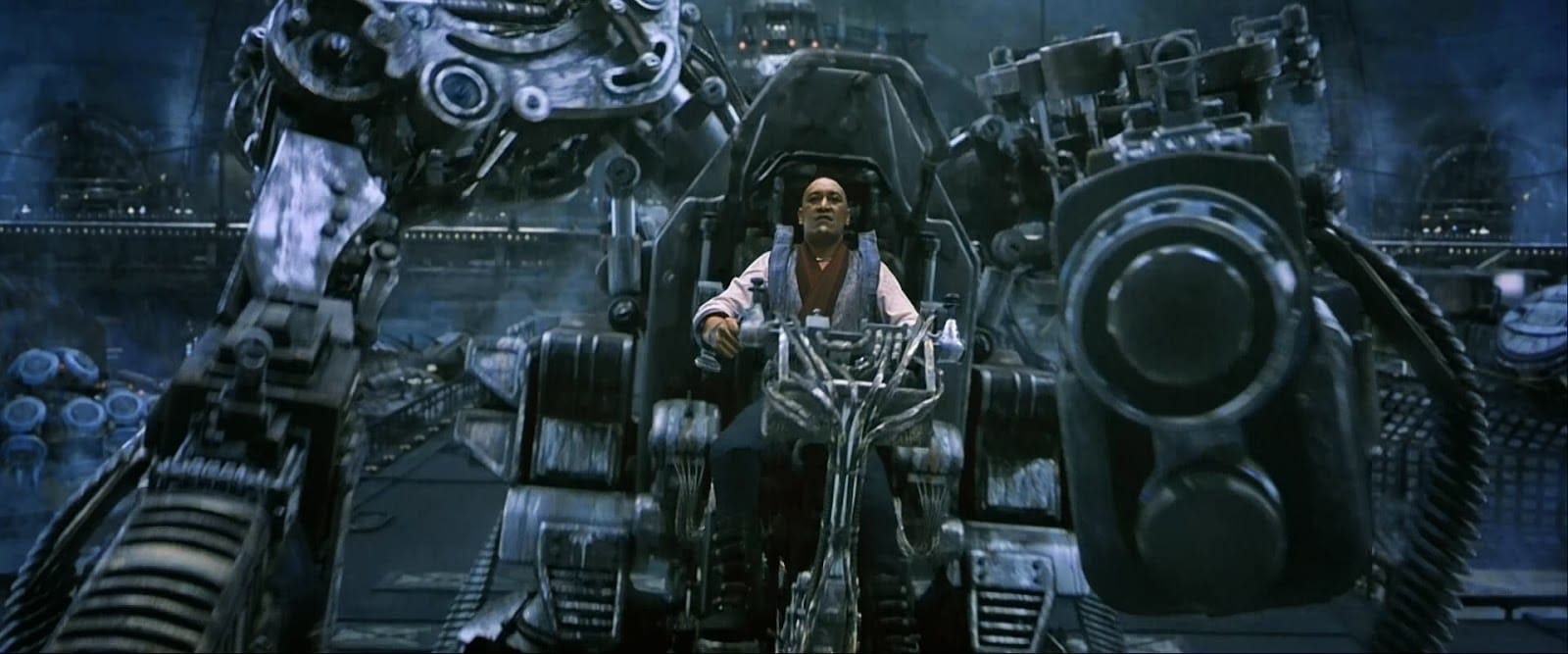Managers and leaders in organizations are often looking for ways to be more effective or to maximize the productivity of their team.
Here is an anti-pattern that I have seen used – managers that treat the team as an extension of themselves. The manager just thinks while the team serves as the arms and legs of the manager. So all the parts of the team share one brain. The manager’s brain.
What if Managers Drove Team Productivity?
It may seem like an effective approach to team productivity. It reminds me of that weird gizmo from the movie Matrix Revolutions. That weird-looking device was called the Armored Personnel Unit or APU.

In the Matrix Revolutions movie, the fighter would strap themselves into the device and the machine became an extension of the fighter.
On the surface, this seems like a powerful approach. The manager makes the team an extension of themselves, almost like a force multiplier. The team members become the method of execution of all the great ideas or thoughts of the manager. Surely this will improve team productivity!
Is there a drawback to this method? The team’s success depends on the manager and their thinking. This works well if the manager has a mind like Elon Musk. He seems to generate amazing ideas, even when he’s high. If you could help an organization tap into a mind like Musk’s, it could be worth it. However, you won’t need smart employees if they depend on the manager for all the ideas.
Even if the manager isn’t Elon Musk, this approach will work when there is a huge discrepancy between the brain of the manager and that of the worker.
We Already Tried This 100 Years Ago
Hey wait a second, this is Frederick Taylor and Scientific Management all over again!
You may recall that Frederick Taylor and guys that came after like Henry Ford were big on the idea of workers doing what they were told and not thinking too much. Ford is credited with saying “Why is it every time I ask for a pair of hands, they come with a brain attached?”
Why is it that every time I ask for a pair of hands, they come with a brain attached?
— Henry Ford
Taylor and Ford advocated for a separation between thinkers and doers; thinkers being the wise managers and doers being the mules who simply need to follow directions and do as they were told.
Not surprisingly, this approach of having a few thinkers and lots of doers has a few downsides:
1. No Brain, no Work – For the Armored Personnel Unit shown in the Matrix movie, when the fighter got out of the machine, it sat lifeless. The machine was only as good as the brain of the person in the seat.
Similarly with a team, if the manager takes a break, goes home, gets ill, or hit by a bus, well, the team is going to be worthless. Unlike the Tesla that Musk came up with, the fighter can’t put their APU into autopilot mode. Nor can the manager of a team that relies on his or her brain take a break or stop thinking and expect the team to continue.
2. Doesn’t Scale – Since the instructions have to go from the manager to the workers, there is a limit of exactly how many people the manager can direct. Perhaps it is 10 or less. It certainly isn’t hundreds.
3. Doesn’t Support Knowledge Work – Knowledge work by definition requires thinking. So the manager driven approach may work great for menial and repetitive tasks, but not for the complex work that most people do today.
4. The Manager is the Limit – If the manager is doing all the thinking, the manager is going to be the governor for the team. The team will never surpass the abilities of the manager.
5. Inflexible – This approach is slow and clumsy. It is the opposite of quick, responsive, and agile. Every piece of information has to be processed by the single brain before someone can act on it. The manager becomes a bottleneck.
A Better Approach to Team Productivity?
Is there a better way to maximize team productivity?
Yes of course, and it is one that has been advocated by agilists for more than 20 years now.
That better approach is to avoid having one centralized brain or thinker for a team. It is to unleash the potential and capability of each person on the team. Team members bring expertise and make decisions democratically using participatory decision-making approaches.
This approach requires that you hire great people and then turn them loose to think and to make decisions about the work that they are close to, intimate with, and responsible for. We may need to invest time in teaching them how to self-organize (or self-manage if you prefer that term).
The thing is, if you have read this far you already know about agile ways of working and self-organizing teams.
Unfortunately, I still see the outdated approach described above being used in organizations.
This article originally appeared here and has been republished with permission